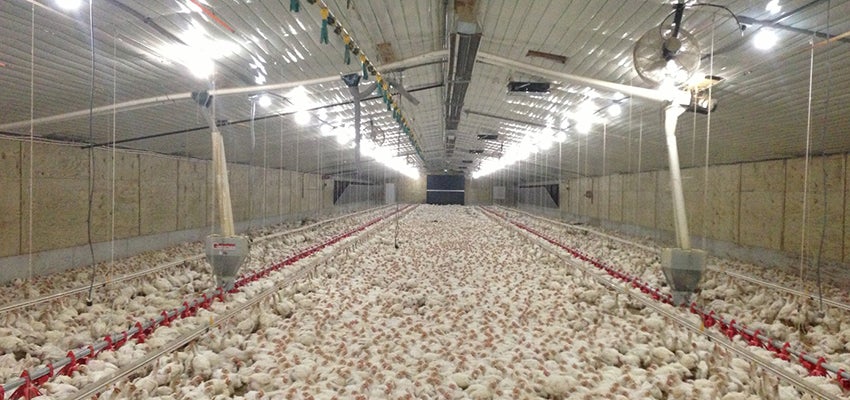Local bird flu rumors quashed
Published 12:00 am Thursday, March 23, 2017

- Image processed by CodeCarvings Piczard ### FREE Community Edition ### on 2013-09-21 02:05:40Z | http://piczard.com | http://codecarvings.com
Rumors of bird flu being found in Covington County appear to be related to increased biosecurity measures being taken by farmers after the flu was found in a commercial flock in Pickens County and a backyard flock in Madison County. The flu also has been suspected in flocks in Lauderdale, and Jackson counties earlier this year.
A Wayne Farms spokesman, Allen Sterling, said the company is increasing biosecurity at all of its farms and facilities following outbreaks in other locations.
“We continue to have restricted farm access,” he said. “We are testing birds for both high pathogens and low pathogens, but we have had no avian flu on any of our farms.”
The company operates processing facilities near Enterprise and in Dothan, as well as in Union Springs in South Alabama.
A spokesperson for the Alabama Department of Agriculture and Industries also said Wednesday there have been no confirmed cases of bird flu in Covington County.
Earlier this month, the Alabama Department of Agriculture and Industries issued a stop movement order for certain poultry in the state because of the three ongoing investigations of avian influenza in north Alabama. Stopping the movement of poultry to poultry shows, swap meets, flea markets and poultry auctions is a crucial step in protecting the state’s commercial, backyard and show poultry.
Poultry is a $15.1 billion industry in the state, and more than 86,000 people have jobs associated with poultry production and processing. According to the 2013 Economic Impact of Agriculture report, available at AlabamaAgImpact.com, poultry and egg production is the largest agricultural commodity in Covington County, contributing 56.2 percent of the county’s total agricultural and forestry production. The report estimated 690 jobs in the county related to poultry production.
BIOSECURITY
State Veterinarian Dr. Tony Frazier has recommended the following biosecurity steps to protect flocks from avian flu:
• Isolating poultry from other animals;
• Wearing clothing designated for use only at the poultry house;
• Minimizing access to people and unsanitized equipment;
• Keeping the area around the poultry buildings clean and uninviting to wild birds and animals;
• Sanitizing the facility between flocks;
• Cleaning equipment entering and leaving the farm;
• Having an all-in, all-out policy regarding the placement and removal of the poultry;
• Properly disposing of bedding material and mortalities;
• Avoiding contact with migratory waterfowl.




